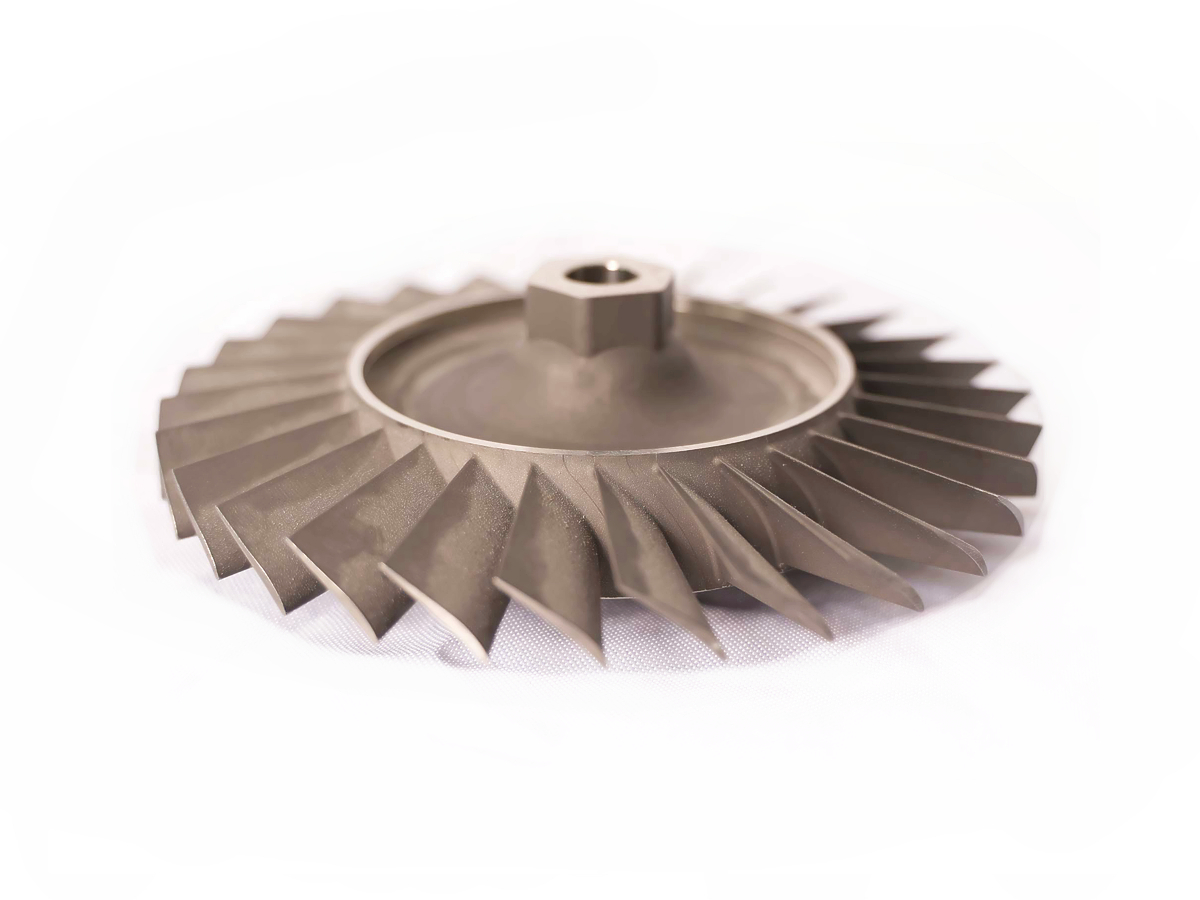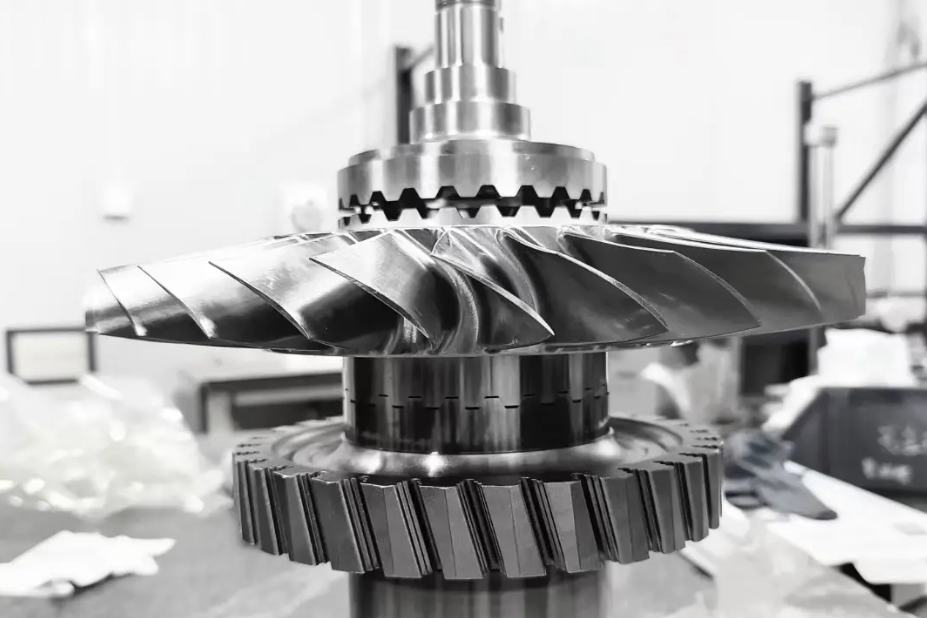To what extent can a tool be worn before it must be replaced?
Determining the precise point of tool replacement is a critical economic and technical decision in CNC machining, as it balances the cost of a cutting tool against the far greater costs of scrapped workpieces, machine downtime, or collateral damage. There is no single universal answer, as the permissible wear extent depends on the type of wear, the operation (roughing vs. finishing), the workpiece material, and the required part quality. However, established industry guidelines and practical experience provide clear, actionable thresholds.
Quantifiable Wear Limits: The Primary Standards
The most common and objectively measurable criterion is Flank Wear (VB). For general roughing operations, where surface finish and dimensional tolerance are secondary to metal removal rate, a flank wear land of 0.030 inches (0.76 mm) is often used as the threshold for replacement. For finishing operations, where achieving tight tolerances and a superior surface finish is paramount, this limit is drastically reduced to 0.010 - 0.015 inches (0.25 - 0.38 mm). This is especially critical in precision machining service where micron-level accuracy is required. Exceeding these limits in finishing results in rapid degradation of surface quality, loss of size control, and an increased risk of workpiece rejection.
Another key metric is Crater Wear (KT), which occurs on the tool's rake face. A common rule of thumb is to replace the tool if the crater depth exceeds 0.004 inches (0.1 mm) for carbide tools, or if the crater has worn to a point where it compromises the tool's cutting edge strength, potentially leading to catastrophic failure. For operations where a specific as machined surface finish is critical, even minor cratering can be unacceptable as it alters chip flow and can impair surface integrity.
Qualitative Indicators and Catastrophic Failure
Beyond measured dimensions, visual and auditory signs are vital. Catastrophic failure, such as chipping, fracturing, or plastic deformation of the cutting edge, necessitates immediate replacement. A tool that begins to produce a shrill screeching or chattering sound indicates excessive wear, which is causing vibration and can damage both the part and the machine tool itself. This is a key consideration in processes like CNC milling and CNC grinding service, where stability is essential.
A noticeable change in the color and shape of chips can also signal advanced tool wear. In steel machining, for example, chips transitioning from a healthy blue/brown color to a silver-white color may indicate that the tool is no longer shearing efficiently and is instead rubbing, generating excessive heat. Similarly, the appearance of excessive burr formation on the workpiece is a telltale sign of a dull tool that is deforming rather than cutting the material cleanly. This often necessitates additional secondary operations like tumbling and deburring, adding cost and time.
Operational Context and Material-Specific Considerations
The acceptable wear level is heavily influenced by the operation's goal. In roughing, tools can be run closer to their maximum wear limits to extract full value, provided the process remains stable. In finishing, tools should be replaced well before they approach their wear limit to guarantee part quality consistently. This is a fundamental principle in our one stop service to ensure that parts move seamlessly from machining to subsequent stages like CNC aluminum anodizing service without quality issues stemming from a poor machined surface.
Furthermore, the workpiece material dictates wear patterns and limits. Abrasive materials like cast iron or composites will wear tools primarily on the flank, while high-temperature alloys like those used in our superalloy CNC machining service promote crater wear and notch wear. Machining these materials often requires more conservative wear limits and sophisticated tool coatings like those used in PVD coating for precision CNC parts to maximize tool life.



